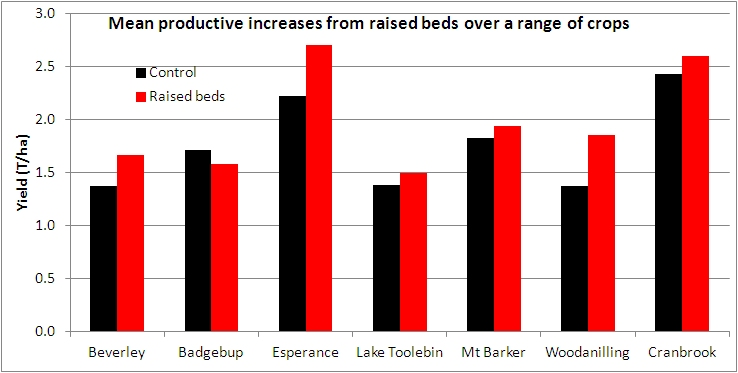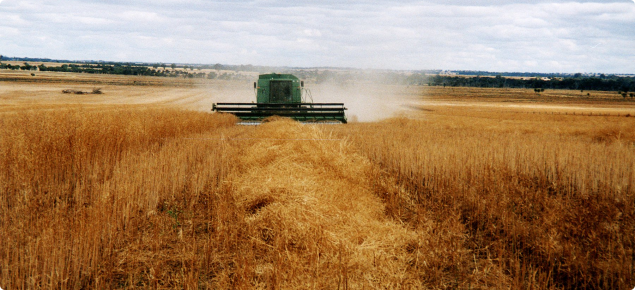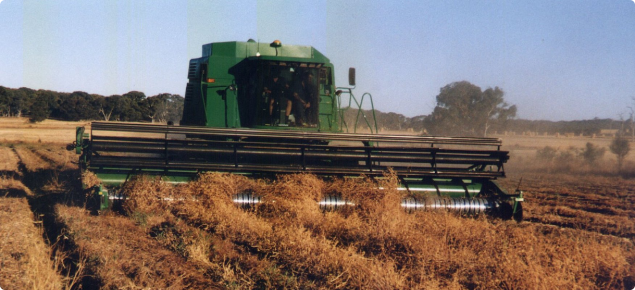Increased yields from raised beds
Substantial increases in grain production have been achieved in most areas from paddock-scale research sites located across a wide range of soil types in the south west of Western Australia. These sites ranged from Beverley to Esperance, and included soils that ranged from grey loam over clay, to gravelly sand over clay, to sand over clay.

Figure1. Average crop yield increases obtained from paddock-scale experimental sites from Beverley to Esperance during the period 1997-2001.
The average increase in grain yield from the research sites during the period 1996-2001 and across a range of crops (oats, wheat, peas, lupins and canola) was 0.47t/ha. Importantly, these production increases were achieved during drier than normal seasons and from some areas where the long-term frequency of daily waterlogging during July is predicted to be less than 50%.
Growers who have adopted raised-bed farming have obtained similar increases from:
- A narrower range of soil types (sand over clay and gravelly sand over clay).
- Seasons that were generally normal to slightly wetter than normal.
- A range of crops that included barley, wheat, canola and lupin.
Esperance growers have led the adoption of raised-bed farming and have installed raised beds across large areas. At the end of 2001, surveys put this area at 15 000 ha.


